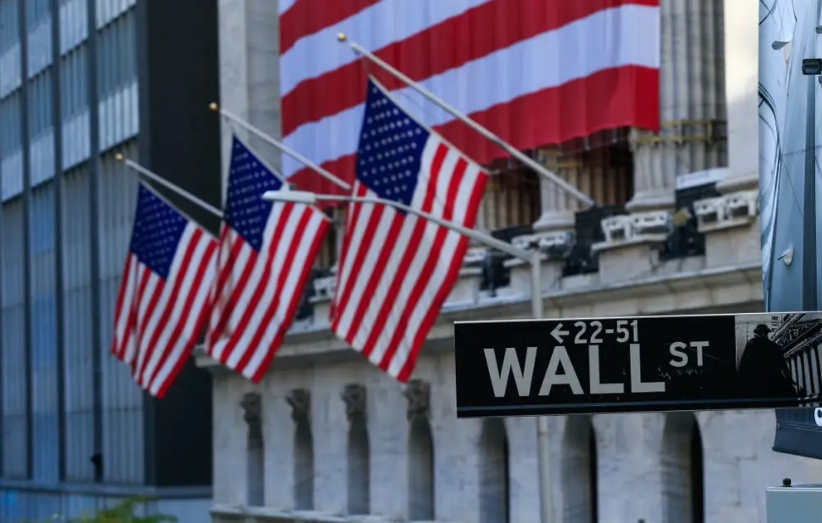Interface Inc. Navigates Q1 2025 Challenges with Strategic Resilience: A Look at Growth Drivers and Risks Ahead
Interface Inc. (TILE) has long been a bellwether for the commercial flooring industry, and its Q1 2025 earnings call offers a revealing snapshot of its current trajectory. While the company narrowly beat EPS expectations, a slight revenue miss and margin pressures prompted a cautious market reaction. Yet beneath the headline figures lies a nuanced story of strategic discipline, geographic diversification, and innovation—key factors that may position Interface to outperform in the coming quarters.
Financial Fortitude Amid Mixed Results
Despite missing revenue estimates by a narrow $110,000, Interface’s Q1 results underscored its financial resilience. Year-over-year revenue grew 2.6% to $297 million, with currency-neutral sales rising 4.1%—a testament to its global footprint. The Americas region, a core market, delivered a robust 6.3% currency-neutral sales increase, while EAAA (Europe, Africa, Asia) grew modestly at 1%.
Adjusted EPS rose to $0.25, up from $0.24 in Q1 2024, reflecting cost controls and pricing discipline. However, gross margins dipped 82 basis points to 37.7%, primarily due to higher manufacturing and freight costs in EAAA. This margin pressure is a red flag, though CFO Bruce Hausman emphasized that tariff mitigation strategies—including localized production and pricing adjustments—are already factored into guidance.
The company’s liquidity remains a bright spot: net debt stood at $205.1 million, with a conservative 1.1x net leverage ratio. Positive cash flow from operations ($11.7 million) further bolsters its ability to weather macroeconomic volatility.
Segment Performance: Strengths and Weaknesses
Interface’s segment results highlight both opportunities and vulnerabilities:
- Education: Billings surged 13% YoY, driven by modernization projects and affordable product offerings. This segment’s growth aligns with global infrastructure spending trends, particularly in emerging markets.
- Healthcare: A 16% billings rise reflects aging populations and technological advancements, such as smart hospital designs.
- Corporate Office: A 7% decline in billings underscores lingering uncertainty around the return-to-office narrative. However, management remains optimistic about full-year recovery as companies reinvest in workspace upgrades.
The backlog metric offers a compelling forward-looking indicator: it rose 12% YoY, suggesting strong demand for Interface’s products. This bodes well for 2025, with Q2 order momentum up 3% globally and April bookings surging double digits in both Americas and EAAA.

Strategic Initiatives Driving Long-Term Growth
Interface’s “One Interface” strategy—a multiyear operational overhaul—remains central to its vision. By streamlining global supply chains and accelerating product innovation, the company aims to enhance efficiency and customer relevance. Notably, the Q1 launch of two new carpet tile collections, Material Impressions and Open Road, underscores its focus on flexibility and sustainability.
Sustainability is a core differentiator. Interface’s announcement of carbon-capturing materials in its manufacturing processes marks a bold step toward its 2040 carbon-negative goal. This innovation not only aligns with ESG trends but also avoids cost increases, preserving its price competitiveness.
Risks on the Horizon
While Interface’s fundamentals are solid, risks persist:
- Tariffs and Costs: Approximately 15% of U.S. product costs face tariffs, including rubber imports from Germany and LVT from South Korea. Management’s plan to offset these through pricing and productivity improvements is critical to maintaining margins.
- EAAA Supply Chain: Margins in Europe, Africa, and Asia remain under pressure, with potential disruptions a lingering concern.
- Corporate Office Uncertainty: If return-to-office trends stall, this segment could continue to weigh on results.
- Macroeconomic Factors: Global economic slowdowns could dampen demand, particularly in regions like Asia-Pacific, where sales grew double digits in Q1 but face currency volatility risks.
Outlook and Analyst Perspective
Interface’s guidance for FY 2025 is cautiously optimistic: sales are projected between $1.340 billion and $1.365 billion, with adjusted gross margins stabilizing at 37.2%–37.4%. The company’s focus on reinvesting in strategic initiatives—such as plant equipment and sales teams—over dividends or buybacks reflects its long-term orientation.
Analysts, while noting the stock’s dip post-earnings, highlight its undervalued status. InvestingPro’s bullish stance, supported by a robust backlog and geographic diversification, suggests upside potential. The stock’s current price of $18.45 lags its 52-week high but remains above its low, offering a margin of safety for investors.
Conclusion: A Balancing Act of Pragmatism and Vision
Interface Inc. enters 2025 with a mix of challenges and catalysts. While margin pressures and macroeconomic risks loom, its strong balance sheet, strategic initiatives, and geographic diversification—particularly in high-growth regions like Asia-Pacific—position it for sustainable growth. The 12% backlog increase and double-digit order momentum in Q1 signal pent-up demand that could drive outperformance later this year.
Investors should weigh the near-term risks against Interface’s long-term moat: its sustainable product innovations, operational discipline, and leadership in ESG-driven markets. With a “GOOD” financial health score and a net leverage ratio under 1.5x, the company retains flexibility to navigate volatility. For value investors, the current valuation offers a compelling entry point, provided they remain patient through potential near-term turbulence.
In sum, Interface’s Q1 results are a reminder that resilience, not perfection, defines success in an uncertain world. The company’s focus on execution against its “One Interface” strategy—and its ability to convert backlog into revenue—will be critical in determining whether this quarter’s modest results foreshadow a stronger 2025.










